Nine of Syria and Iraq's 10 world heritage sites are in danger as Isis ravages centuries of history
Militants threaten host of historic buildings across war torn neighbouring countries
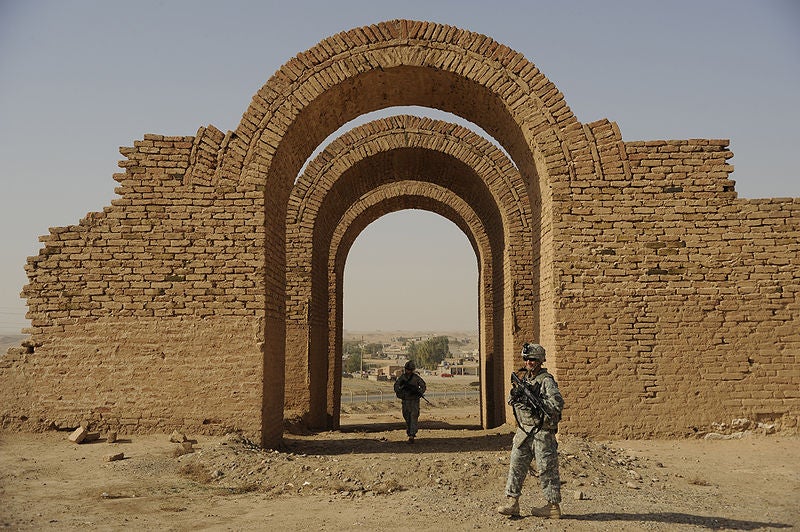
Your support helps us to tell the story
From reproductive rights to climate change to Big Tech, The Independent is on the ground when the story is developing. Whether it's investigating the financials of Elon Musk's pro-Trump PAC or producing our latest documentary, 'The A Word', which shines a light on the American women fighting for reproductive rights, we know how important it is to parse out the facts from the messaging.
At such a critical moment in US history, we need reporters on the ground. Your donation allows us to keep sending journalists to speak to both sides of the story.
The Independent is trusted by Americans across the entire political spectrum. And unlike many other quality news outlets, we choose not to lock Americans out of our reporting and analysis with paywalls. We believe quality journalism should be available to everyone, paid for by those who can afford it.
Your support makes all the difference.Satellite imagery released by the United Nations has confirmed Isis destroyed one of the most important ruins in the ancient city of Palmyra.
The destruction of the 1st-century Temple of Bel appears to be part of a broader campaign by the group against not just Palmyra but a variety of ancient sites; a campaign that appears to be motivated by both ideology and greed.
Worse still, Isis is only one part of a wider situation in Syria and Iraq where a number of important historical areas are considered at risk.
The situation is stark. The United Nations Educational, Scientific and Cultural Organization (UNESCO) lists 10 world heritage sites in Syria and Iraq. Of that 10, it says nine are currently in danger – and not just because of Isis vandalism.
Palmyra

The ancient city of Palmyra was once one of the most well-known tourism spots in all of Syria. The site, which predates Islam by hundreds of years, had become a center for trade by the 1st century AD – its existence is even recorded in biblical texts. It has been controlled by the Isis since May.
“The art and architecture of Palmyra, standing at the crossroads of several civilizations, is a symbol of the complexity and wealth of the Syrian identity and history," the Director-General of UNESCO, Irina Bokova, said in a recent statement, adding that extremists were seeking to "destroy this diversity and richness."
Hatra
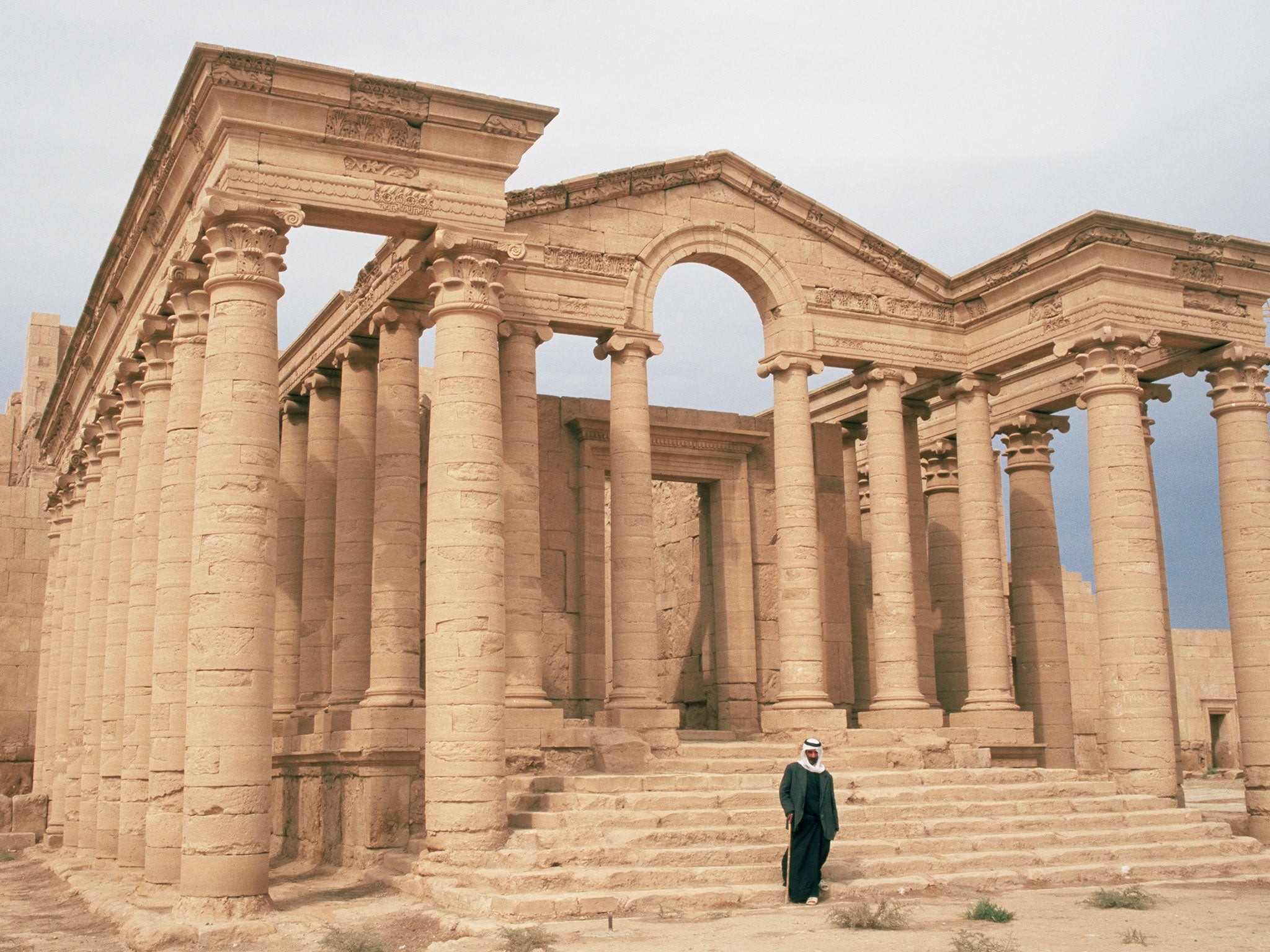
The Iraqi fortress city of Hatra is believed to date back to days of the Parthian empire in the 3rd or 2nd century BC., and later became the capital of the first Arab Kingdom.
The city, known for its huge walls, flourished during Mesopotamian era and bears the influence of both Roman and Persian empires. Video released in March by the Isis showed the group using sledgehammers and even guns to destroy carvings and statues.
"Praise to God, who enabled us and the soldiers of Isis to remove the signs of polytheism," one militant says in the video.
The destruction in Hatra came just a few days after attempts by the Isis to bulldoze ruins at the Assyrian city of Nimrud, a site currently on the tentative list to become a world heritage site.
Ashur (Qal'at Sherqat)

Ashur, also known as Assur, is city in modern-day Iraq that dates back to the third millennium and it later became the first capital of the Assyrian Empire. The city was associated with the god Ashur, and became an important religious city.
Ashur was first declared in danger by UNESCO in 2003 due to the planned construction of a dam that would have flooded its ruins.
Due to the city's proximity to Isis-controlled territory, there have been fears that it could face destruction or vandalism – in May there were a number of reports that the city's ancient arches had been blown up by militants.
The ancient city of Aleppo
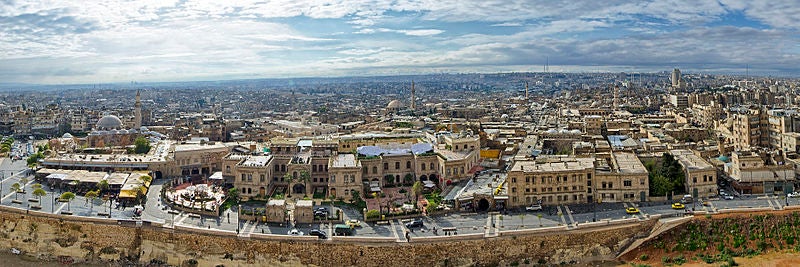
Located at an important point along trading routes since the 2nd millennium BC, Aleppo has had a rich history and has the architectural legacy of a variety of different empires, religions and time periods.
The city has a variety of different buildings of historical importance, including its famous citadel, a large fortified palace that dates back thousands of years.
Unlike some other sites on this list, Aleppo remains an inhabited and major city, and since the Syrian war began in 2012 it has been divided between rebel forces and government troops.
The city became a target for the Isis during the summer. A number of important sites in the city have been damaged during the fighting – for example, the famous minaret at the 11th century AD Great Mosque of Aleppo was destroyed in 2013.
The ancient villages of Northern Syria
These villages, also known as the "Dead Cities," are located in the northwest of the country and date back to between the 1st and 7th centuries, but they were all abandoned by the 10th century.
Their ruins present a picture of life in the Antiquity period and the Byzantine period, but the civil war in Syria has posed a threat to their preservation, with refugees and fighters taking refuge in the ruins at points.
Samarra archaeological city
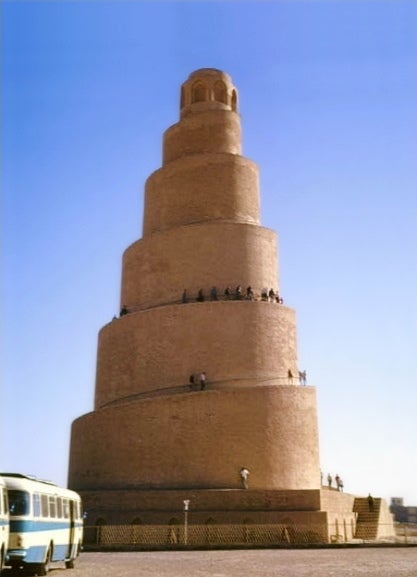
The archaeological city of Samarra in Iraq, once the capital of the Abbasid Caliphate, is considered an especially important historical site by UNESCO as it is the "only surviving Islamic capital that retains its original plan, architecture and arts, such as mosaics and carvings."
The city is well-preserved as it was abandoned relatively early, and only 20 percent of it has been excavated so far.
The modern city of Samarra became a notable source of tension between Sunnis and Shiites after the Iraq war. Last year, the city was overtaken by the Isis who came close to a major Shiite shrine in the city, though they were then pushed back by airstrikes ordered by the Iraqi government.
The Crusader castles
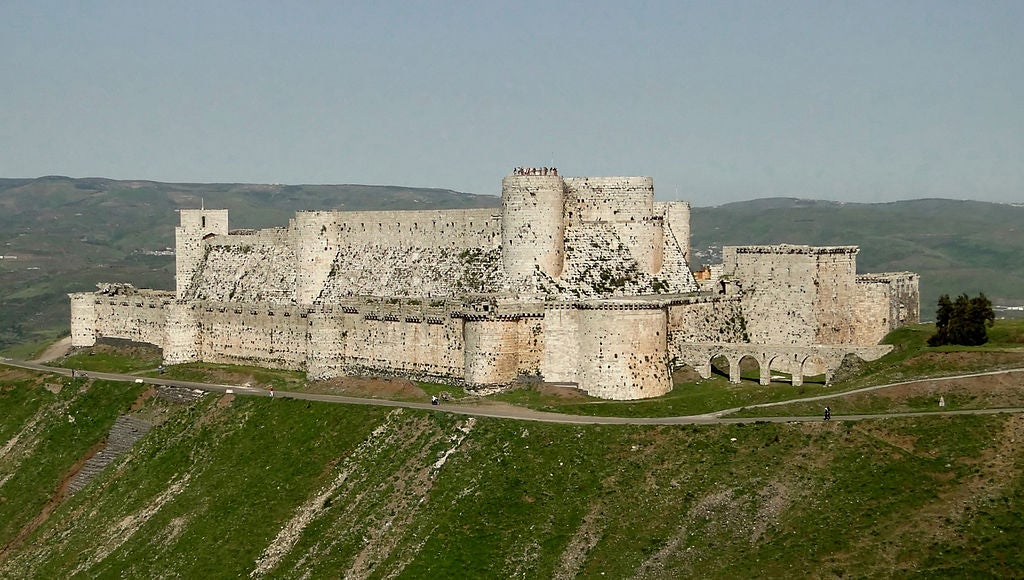
Crac des Chevaliers and Qal’at Salah El-Din are two castles in Syria that date back to the period of the Crusades and represent an important mixture of European and Near Eastern influences.
However, both have been the scene of heavy fighting: In 2013, rebels said that they had just managed to defeat regime troops fighting in the walls of the Crac des Chevaliers, though the Syrian army retook the castle in 2014.
Ancient city of Damascus
Damascus is the capital of Syria and one of the oldest continually inhabited cities in the world, with some excavations showing the city was inhabited as early as 8,000 to 10,000BC.
The city became the capital of the Umayyad Caliphate and has been important to Arab culture since. Within the walls of the Old City UNESCO says there are 125 protected monuments, including the Umayyad mosque, still one of the largest mosques in the world.
There had been concerns about the Old City of Damascus due to a population decrease that saw residents move out of older buildings to newer housing, leading to some abandoned areas.
Fighting in the Syrian capital has also caused serious concern – when rebels entered the Old City in 2012, the government shelled it.
Ancient city of Bosra
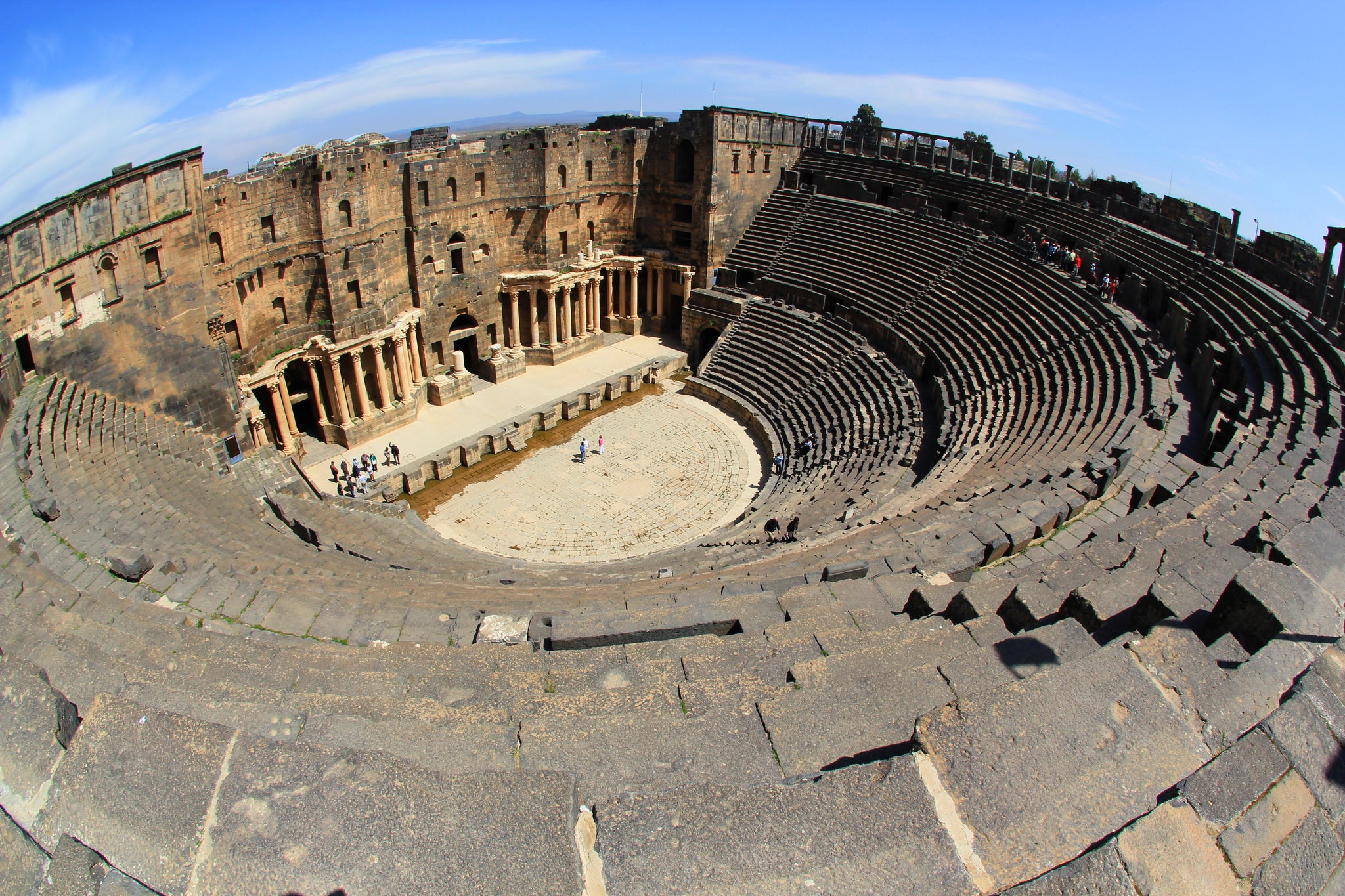
Bosra was once the capital of the Roman province of Arabia and still features a 2nd-century Roman theater within the Old City walls. It contains a number of monuments from the Nabataean, Byzantine and Umayyad periods too.
The city, however, has been the site of considerable fighting during the Syrian civil war, putting many of the Old City at risk.
There have been reports of shellings and bombings in the city and online videos have appeared to show snipers using the theater to shoot from. Relics from the site have been looted since at least 2012.
Copyright Washington Post
Join our commenting forum
Join thought-provoking conversations, follow other Independent readers and see their replies
Comments